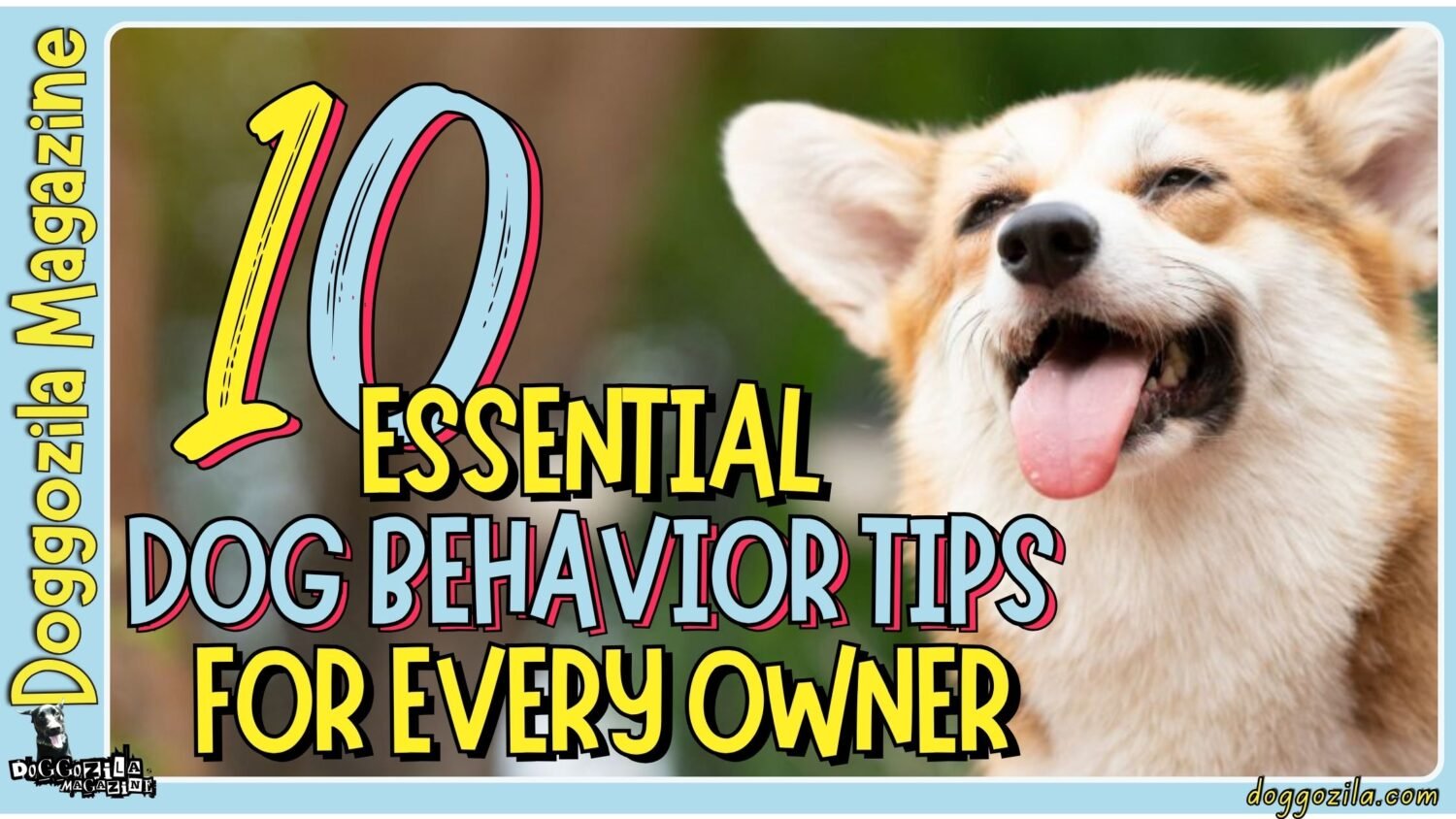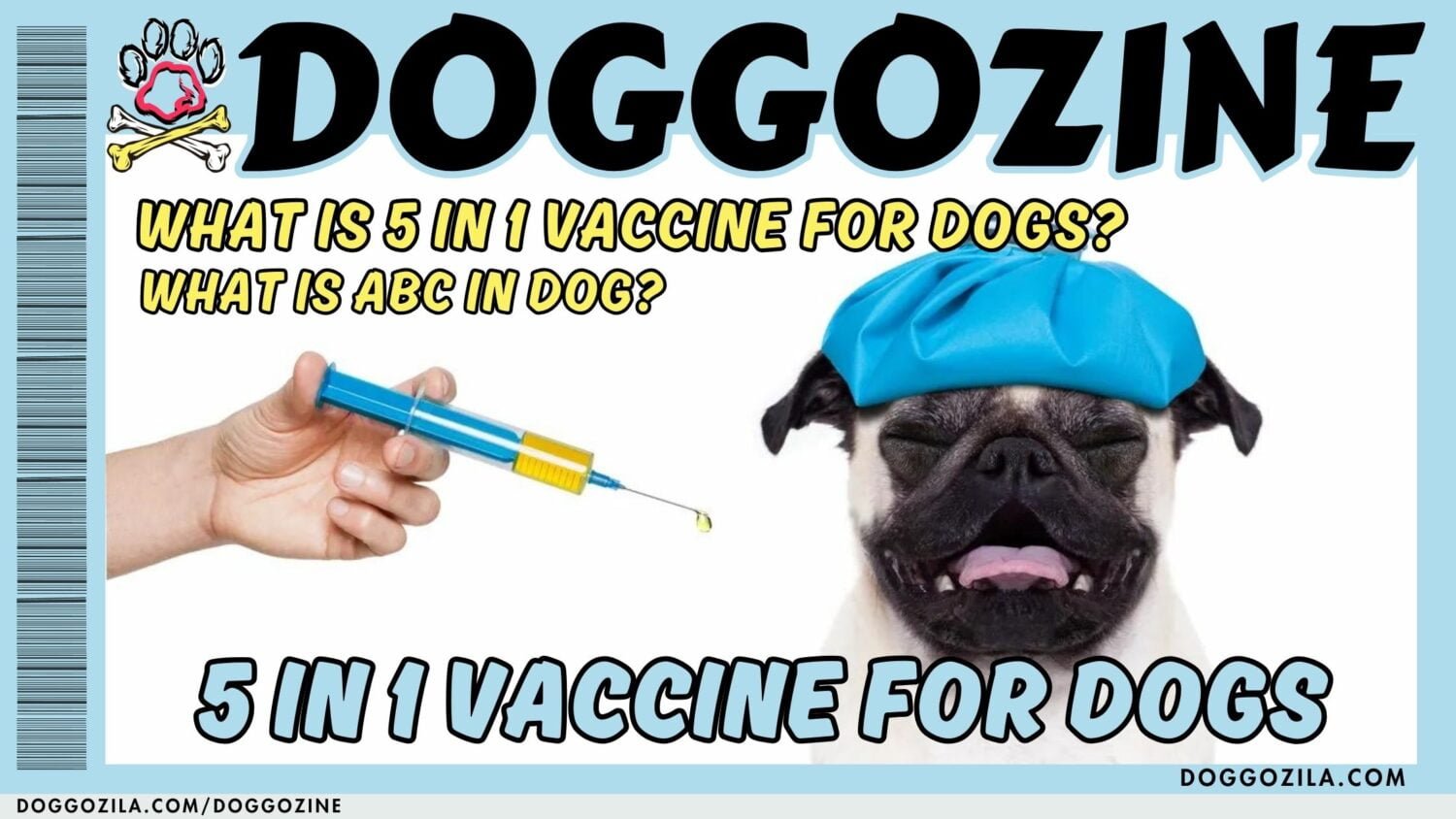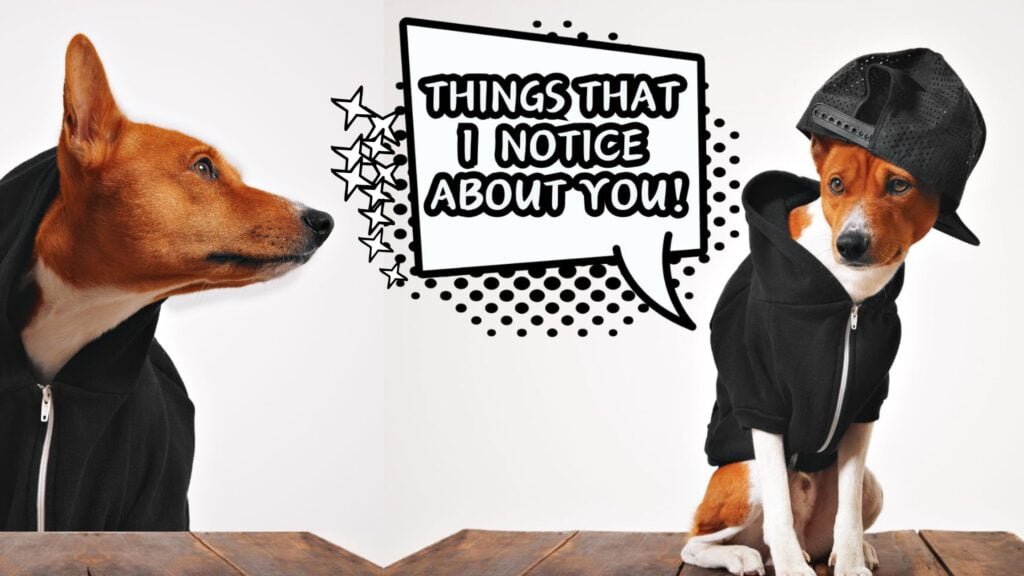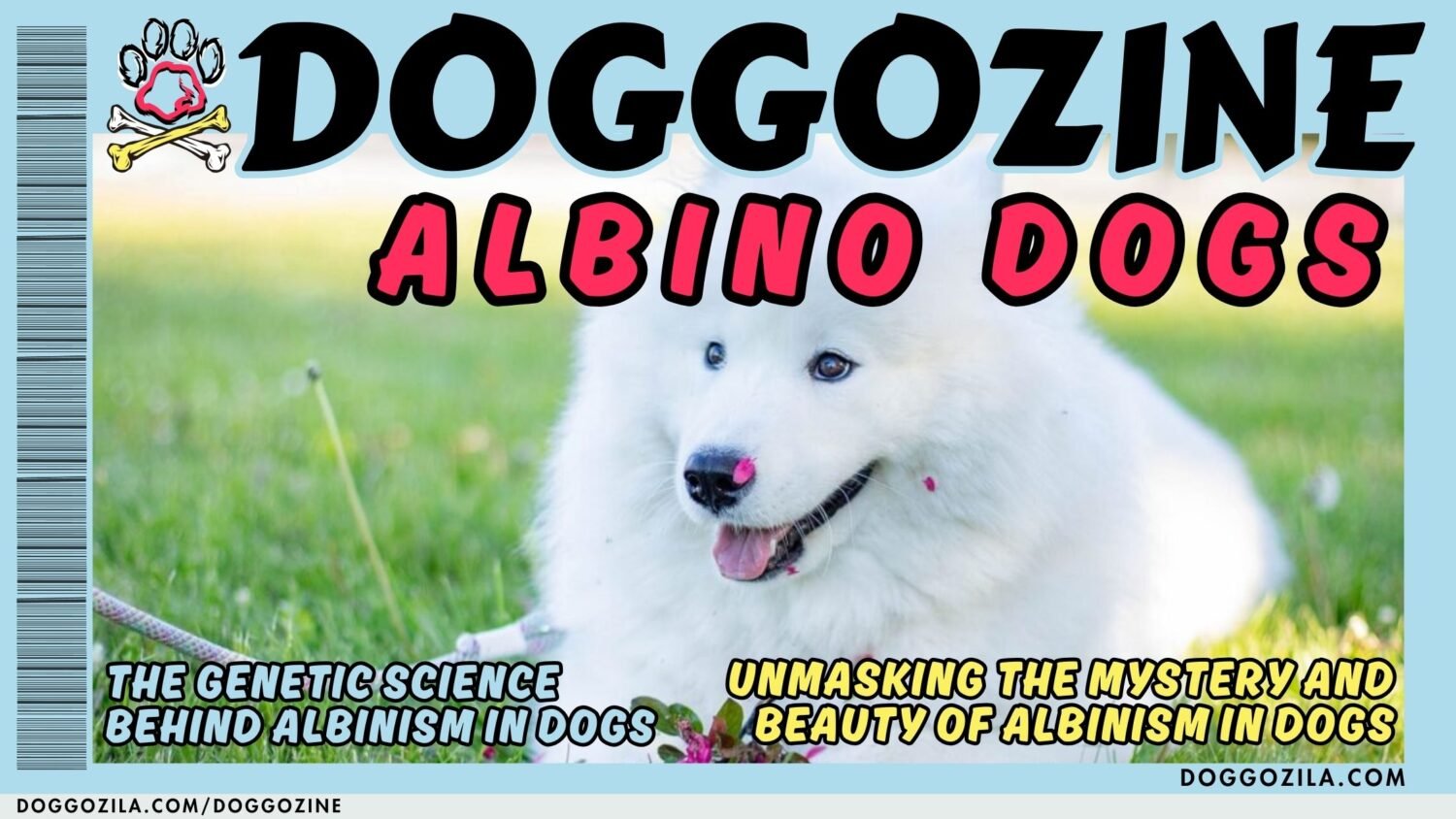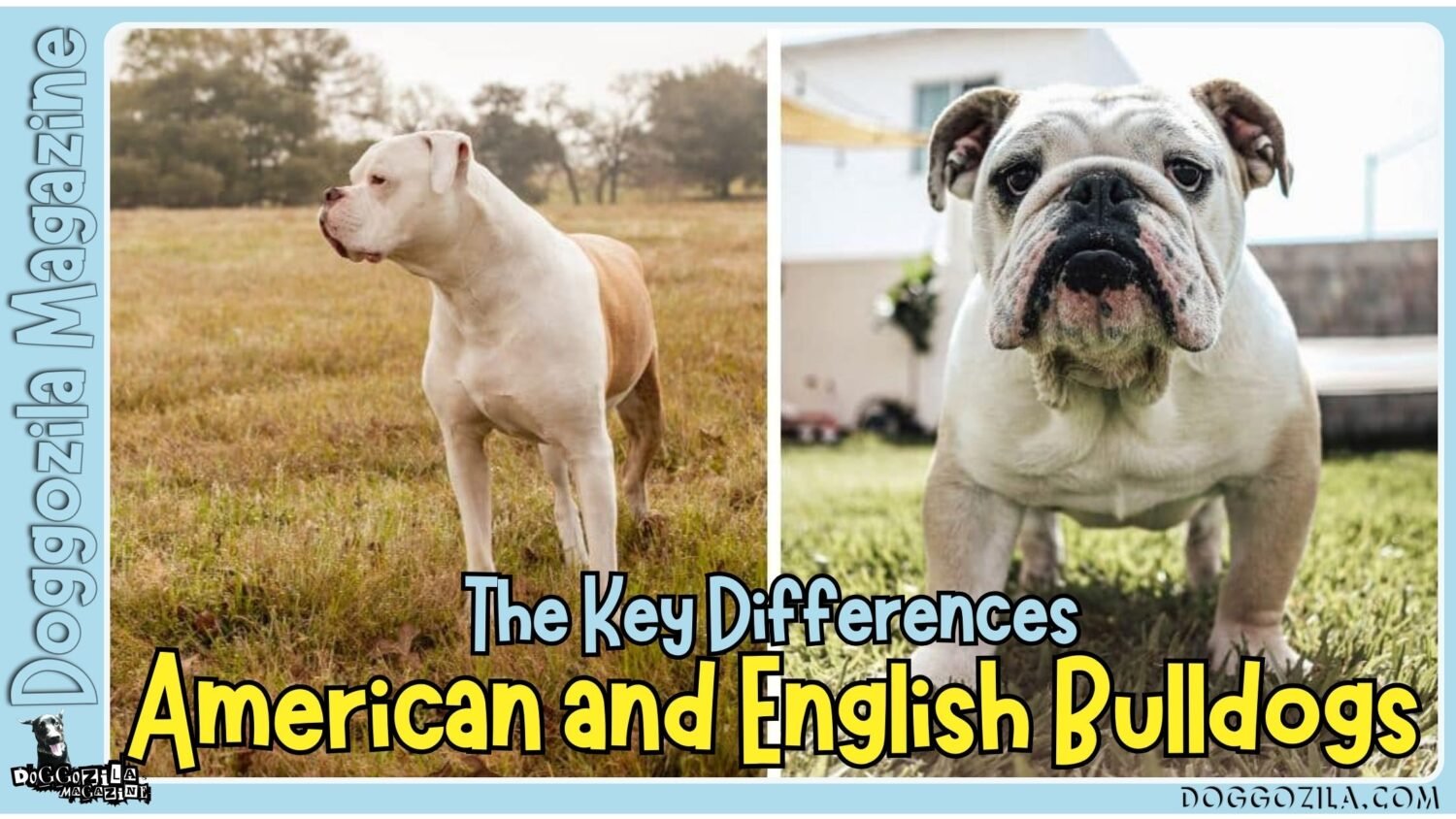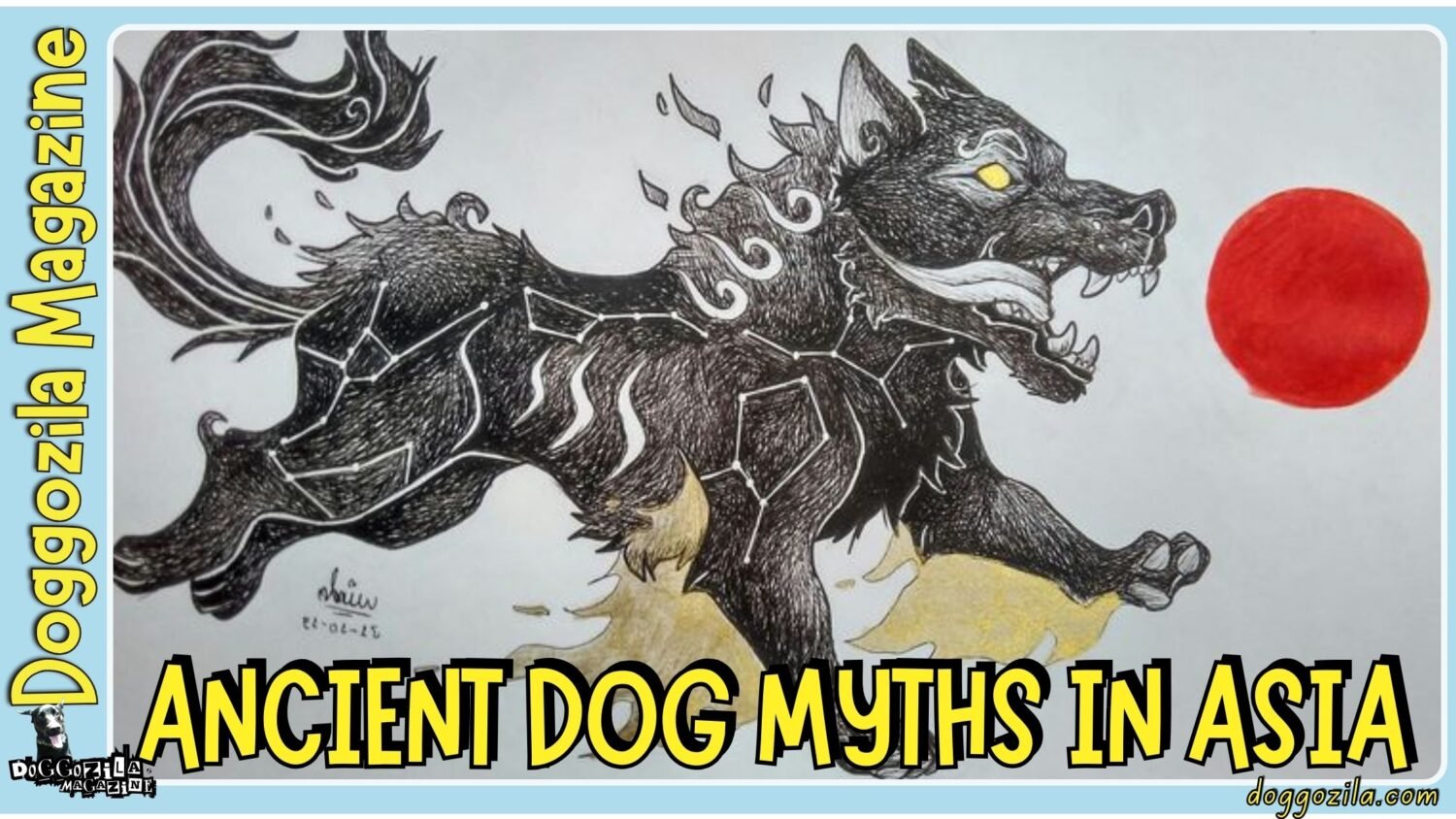All dog owners know that feeling when they walk through the door after a long day, and there’s their furry best friend, tail whirling like a helicopter, eyes sparkling, and a soggy stuffed hedgehog proudly dropped at the feet. This ritual isn’t just adorable but it’s a window into the dog’s mind. In this article you will learn the answer of the gifting question: why does my dog bring me his toys or other objects?
For centuries, dogs have used objects to communicate with humans, and that toy delivery is packed with meaning. Whether it’s a slobbery ball or your missing slipper, your dog is sending you a message written in the ink of instinct and affection. Let’s decode this fuzzy enigma together and have some fun!

FROM INSTINCT TO BONDING: WHY DOES MY DOG BRING ME TOYS DURING PLAYTIME?
Dogs have an inherited drive to retrieve that reaches back to their wolf ancestors, where carrying objects was tied to hunting and pack rituals. When your pup drops a favorite ball at your feet, it’s tapping into canine cognition and interactive dog toys become more than mere playthings, they’re tools for connection.
This instinctual behavior often blends with modern dog training techniques and can spark a powerful bond between you. Understanding this link between primal urge and heartwarming gesture can help every owner appreciate their dog’s natural play style.
Why Does My Dog Bring Me Toys After Running Around the Yard?
After zooming through the yard, many dogs trot indoors with a toy clutched in their jaws, eager to extend the fun. In this moment they’re seeking your active engagement, reminding us how vital is mental stimulation for dogs, and to their well-being.
Studies on canine enrichment show that switching from simple fetch to interactive puzzle toys can keep them mentally sharp and curb unwanted behaviors. By following your lead, whether you play tug-of-war or toss a frisbee, you’re reinforcing a partnership rooted in mutual enjoyment and respect.
Pack Mentality and Canine Communication
Dogs use toy transfer much like wolves would share meat within a pack, signaling trust and unity rather than competition. Canine behaviorists note that when a pet offers you a plush or rubber squeaker, it’s an invitation into its social circle, mimicking the way ancestors distributed resources.
This exchange becomes even more meaningful when paired with gentle praise or a quick game of fetch to reinforce the gesture. Learning to read these nonverbal cues not only strengthens your bond but also builds confidence in your dog’s communication skills.
Affectionate Presenting: A Lesson from Border Collies
Border Collies are renowned for their intelligence and cooperative nature, often showcasing toy exchanges as a form of affectionate presenting. In a landmark experiment by Miklósi and Topál, these herding breeds offered items to handlers more readily when they sensed positive reinforcement, suggesting a deep social logic behind the act.
Observing your own dog repeat this behavior after a pats-on-the-head or treat underlines how praise and play fuel ongoing interaction. This case study underscores the importance of combining consistent rewards with quality time to nurture heartfelt gestures.
🔑 Key Points: Toy-bringing stems from ancestral wolf behaviors (retrieving for hunting/pack rituals) and transforms into a modern bonding tool during play, connecting primal urges with affection.

SEEKING CONNECTION: DOES MY DOG BRING ME TOYS AS A SOCIAL BOND?
When dogs hand over a squeaky bone, they’re often tapping into their innate desire for companionship, seeking a social bond rather than merely initiating play. This subtle invitation goes beyond barking “play with me” and can mirror behaviors like nudging you with a paw or leaning into your hand.
By recognizing toy bringing as a gentle social cue, owners can deepen trust and reduce separation anxiety. Embracing these moments of connection turns a simple fetch session into a ritual that cements your partnership.
Does My Dog Bring Me Toys to Strengthen Our Bond?
When your dog drops a plush toy at your feet, it’s offering a heartfelt reminder of their affection and loyalty. Research on social referencing in dogs shows that they look to us for emotional feedback, and toy gifting often precedes a glance up at your face for approval.
This behavior can be especially pronounced in breeds with strong attachment tendencies, like Labradors or Golden Retrievers, who thrive on positive social reinforcement. By responding with gentle encouragement or a quick toss for a game of fetch, you acknowledge their gesture and fortify the human-canine partnership.
Related Article Recommendation: How To Teach Your Dog To Fetch: Fun Training Class
Before Cuddles Begin: Does My Dog Bring Me Toys as a Peace Offering?
Some dogs prefer to settle in for a nap only after they’ve presented a cherished toy, as if to say “I’m yours” and “I trust you” all at once. This ritual echoes observations from service-dog training, where pups learn to bring items as comfort objects during stressful scenarios.
When your dog curls up beside you, toy in mouth, he’s signaling his contentment and desire for shared calm. Acknowledging this peace offering with soft petting can lower cortisol levels in both of you, demonstrating the emotional benefits of this exchange.
Subtle Signals: Learning the Language of Toy Offering
Toy offering comes wrapped in subtle signals, ears back in anticipation, a slight bow, even a wag rhythm that shifts from frantic to steady. These body cues reveal as much about your dog’s state of mind as a dropped ball ever could, helping you discern playfulness from anxiety.
By paying attention to tail position, eye contact, and posture, you’ll quickly learn the nuances of each toy handover. Over time, this enhanced communication can reduce unwanted behaviors like scavenging and redirect them into healthy play scenarios.
🔑 Key Points: Presenting a toy is often a subtle social cue expressing a deep desire for companionship and trust, going beyond simple play initiation and helping reduce separation anxiety.

REINFORCEMENT AND REWARDS: DOES MY DOG BRING ME TOYS FOR POSITIVE ATTENTION?
In many homes, toy delivery becomes part of a positive reinforcement loop, where giving you a toy leads to praise, which makes them more likely to repeat the behavior. Dog trainers harness this dynamic by rewarding each successful “drop it” command with brief play sessions or treats, reinforcing cooperative toy transfer.
This approach not only refines obedience skills but also channels your dog’s playful energy into structured activities. When you turn each toy handoff into a mini lesson, you’re building both mental stimulation and trust in your relationship.
From Fetch to Flowers: Why Does My Dog Bring Me Toys Like a Floral Bouquet?
Some dogs treat their favorite plush as if it were a bouquet of flowers, presenting it at just the right moment to earn your full attention. This behavior hearkens back to one of Alexandra Horowitz’s toy transfer studies, where dogs appeared to modulate their gift-giving based on human response.
If you respond with a squeal of delight or a quick game of fetch, your dog learns that presenting that stuffed bunny is the fastest route to your laughter. Over repeated sessions, this playful “bouquet” becomes an adorable tool for social bonding rather than mere impulse.
Case Study: Alexandra Horowitz’s Toy Transfer Experiment
In Horowitz’s experiment at Barnard College, dogs were observed offering items to strangers more often when those strangers reacted with warmth, highlighting the social intelligence driving toy handovers. Dogs who had been praised and played with handed over objects not only more frequently but also with greater finesse, suggesting they understood the link between their actions and human reactions.
Translating this to your living room, every enthusiastic response to a dropped toy shapes your dog’s future behavior and strengthens your emotional connection. This case study underlines how dogs can learn complex social rules around play and reward.
Cognitive Benefits of Toy Sharing
Sharing toys doesn’t just make for a cute photo, it actively engages your dog’s problem-solving skills and memory recall. Dog enrichment activities, like switching between squeaky balls and tug-of-war ropes, keep neural pathways firing and help stave off boredom.
Studies in canine cognition show that dogs who regularly participate in interactive play have lower stress markers and perform better in obedience tests. By incorporating novel toys and rotating them regularly, you’re providing a mental workout that rivals any agility course.
🔑 Key Points: Dogs learn that bringing a toy often leads to praise or play, creating a positive feedback loop. Trainers harness this to reinforce commands like “drop it” and channel playful energy.

EMOTIONAL EXPRESSION: DOES MY DOG BRING ME TOYS TO COMFORT ME?
Dogs are remarkably empathetic, and many will offer their favorite toy when sensing human stress or sadness. This comforting gesture is akin to how therapy dogs learn to fetch a weighted blanket or favorite object for a patient, offering a tactile focus that can calm anxiety.
When your pup nudges a toy into your lap after a long day, they’re not simply asking for play, they’re saying “I’m here for you.” Recognizing this emotional intelligence in dogs can deepen empathy and open new pathways for mutual support.
After Dinner Time: Does My Dog Bring Me Toys as a Way to Keep the Fun Alive?
Instead of settling down after supper, some pups trot over with a chew toy, reminding you that relaxation includes shared activities. Observations from service-dog handlers highlight that offering a familiar toy can ease transitions from active to downtime, reducing bedtime restlessness.
When your dog initiates play at unexpected moments, it’s often a cue that they thrive on routine sprinkled with spontaneous bursts of interaction. Embracing these moments can transform evening wind-down into bonding rituals that both calm and entertain.
Resource Sharing Versus Guarding in Different Breeds
While many dogs happily pass along their favorite ball, others may exhibit resource guarding, growling or snapping when you approach their possessions. Breeds like German Shepherds or Shar Peis can be more protective of valued items, a trait rooted in territorial instincts.
Learning the difference between a gentle toy offer and a guarded stance helps you foster trust without triggering defensive behaviors. With consistent training and positive reinforcement, even the most guarded dog can learn that sharing leads to extra playtime rather than loss.
Mental Enrichment Through Interactive Dog Toys
Interactive dog toys like puzzle feeders, treat-dispensing balls, hide-and-seek plushies, turn playtime into a cognitive challenge, engaging your dog’s senses and intellect. When your pet drops such a toy at your feet, they’re often looking for your assistance, turning a solo puzzle into a shared game.
Rotating these enrichment tools prevents habituation and keeps your dog eager for the next challenge. Over time, this kind of play can reduce problem behaviors tied to boredom, like chewing furniture or incessant barking.
🔑 Key Points: Dogs sometimes bring toys to comfort stressed or sad humans, mirroring therapy dog behaviors. This gesture showcases their emotional intelligence and desire to offer support.

MENTAL ENRICHMENT: DOES MY DOG BRING ME TOYS FOR BRAIN STIMULATION?
Some dogs view you as a teammate in their quest for mental puzzles, bringing you toys that require joint problem-solving. Whether it’s a braided rope that hides treats or a rubber ball filled with kibble, each toy becomes a collaborative mission.
Dog behaviorists recommend at least fifteen minutes of interactive play daily to boost focus and curb destructive habits. Recognizing toy bringing as an invitation to enrich your dog’s world can shift your perspective, what seems like a simple gesture is actually a request for mental exercise.
During Rainy Days: Does My Dog Bring Me Toys for Indoor Enrichment?
On gray afternoons when outdoor fetch isn’t an option, expect your dog to tap into indoor play by dragging squeaky toys around the house. This behavior mirrors at-home therapy dog protocols, where patients keep their hands busy with comforting objects during inclement weather.
By setting aside space for indoor agility or hide-and-seek with interactive fetch toys, you satisfy both your dog’s need for mental stimulation and their eagerness to bond. Keeping a stash of rotating toys prevents them from losing interest and helps maintain healthy energy levels.
DIY Toy Ideas to Encourage Healthy Toy-Giving
Crafting homemade enrichment tools like a braided fleece rope or a cardboard-tube puzzle can elevate toy-offering into a creative joint project. When your dog sees you invested in making their playthings, they often reciprocate by bringing you store-bought or DIY toys in return, reinforcing a spirit of collaboration.
These low-cost, veterinarian recommended DIY options not only save money but also allow you to customize difficulty levels to your dog’s skill set. The shared creation and exchange of toys fosters trust and keeps both of you engaged.
Monitoring Your Dog’s Selection for Anxious Behavior
Some dogs repeatedly bring the same toy when they feel uneasy, using a familiar item to self-soothe through tactile stimulation. Veterinary behaviorists note that anxious pups often exhibit toy hoarding, carrying their favorite object everywhere they go.
By observing which toys your dog selects under stress, you can identify early signs of anxiety and implement calming protocols like enrichment chews or short training breaks to restore balance. Tracking toy choices over time can also reveal patterns tied to specific stressors, such as thunderstorms or separation.
🔑 Key Points: Bringing interactive or puzzle toys is often an invitation for joint problem-solving, providing crucial mental enrichment that keeps dogs sharp and curbs boredom-related behaviors.

COULD IT BE A LEARNED CUE RATHER THAN A GIFT?
Repeated reinforcement can turn a spontaneous toy handover into a conditioned cue, where your dog brings a toy simply because it used to earn treats or attention. This learned behavior highlights the importance of varying your responses, sometimes play, sometimes cuddles, sometimes quiet praise to keep the gesture genuine.
By switching up your rewards, you preserve the element of surprise and maintain your dog’s intrinsic motivation. Understanding this dynamic helps you strike a balance between structured training and spontaneous play.
As They Grow: Does My Dog Bring Me Toys Differently at Different Ages?
Puppies often drop toys at your feet to spark guidance, while senior dogs may offer plush to signal comfort and familiarity. Developmental studies in puppy training show that young pups use toy giving to solicit correction and direction, almost like a school assignment.
As your dog matures, the same gesture can shift into a comforting ritual, reflecting deeper emotional bonds. Observing these changes helps you tailor enrichment activities to each life stage, keeping playtime relevant and rewarding.
Puppy Development Stages and Toy Attachment
During the critical socialization window between weeks eight and sixteen, puppies learn to associate toys with humans as surrogate littermates, fostering trust and cooperative play. Early experiments on object attachment demonstrate that pups introduced to a specific toy early on will continue to favor it as a transitional object, much like children with a security blanket.
Providing a variety of textures and shapes during this phase can encourage flexible play behaviors later in life. Consistent positive interactions around these toys lay the groundwork for lifelong healthy attachment.
Related Article Recommendation: Dog Socialization: How to Start with Every Puppy?
Breed Tendencies: Retrievers and Their Natural Drive
Retrievers like Golden Retrievers, Labradors, Flat-coated Retrievers are genetically wired to carry and deliver items, making toy handovers feel instinctive rather than learned. These breeds excel at fetch and often display a strong motivation to please their handler, driving them to bring toys at every opportunity.
Even within the retriever group, individual personality shapes how they offer gifts, some approach with enthusiasm, others with careful etiquette. Recognizing your dog’s breed history can help you leverage their natural skills for satisfying play sessions.
🔑 Key Points: Repetitive reinforcement can turn spontaneous toy-giving into a conditioned behavior done purely for expected rewards. Varying responses (play, praise, quiet) helps keep the gesture genuine.

AGE, BREED, AND TOY TRANSFER HABITS
As dogs age, breed traits and personality quirks merge to shape how and when they bring toys to you. Senior dogs may slow down and prefer soft plushies for gentle tug-of-war, while high-energy herding breeds might still surprise you with frantic squeaky toy offerings.
Breed-specific tendencies like the German Shepherd’s protectiveness or the Poodle’s problem-solving flair influence whether toy exchange feels like a command or a gift. Observing these patterns helps you cater to your dog’s unique play personality.
During Training Sessions: Does My Dog Bring Me Toys to Ask for More Reps?
In structured training, many dogs learn that presenting a toy means “I’m ready for the next drill,” turning toy giving into a functional cue. Trainers often use this behavior to mark the end of one command and the start of the next, streamlining sessions and keeping the dog engaged.
If your dog trots over with a ball mid-heel exercise, it’s signaling eagerness to continue rather than frustration or distraction. Recognizing this cue allows you to maintain momentum and reinforce focus during every lesson.
Linking Fetch Command to Rewards
By pairing the fetch command with a consistent reward, be it a treat, praise, or an extra toss, you create a positive feedback loop that motivates your dog to bring toys without hesitation. Behavioral studies highlight that intermittent rewards, mixed unpredictably, can be even more powerful than continuous reinforcement, keeping your dog invested in the game.
Experimenting with different reward schedules, every throw, every third throw, or a jackpot every tenth can maintain high levels of enthusiasm for toy transfer. This approach not only sharpens obedience but also strengthens your partnership.
The Drop It Command: How to Teach Your Dog to Drop Toys on Cue?
Teaching your dog the drop-it command transforms toy giving from a voluntary gesture into a polished trick that benefits both of you. Start by offering a low-value item and exchanging it for a treat, gradually moving toward high-value toys and phasing out treats with praise.
Clear, consistent cues paired with quick reinforcement prevent confusion and reduce resource guarding. Over time, dropping on cue becomes second nature, making interactive games smoother and more rewarding for dog and owner alike.
🔑 Key Points: The motivation and style of toy-giving evolve with age (puppies seek guidance, seniors seek comfort) and are shaped by breed traits (e.g., Retrievers’ innate drive, herding breeds’ cooperation).

TURNING TOY HANDOVERS INTO TRAINING OPPORTUNITIES
Every toy handover can double as a training opportunity, reinforcing desired behaviors like recall, drop-it, and even new commands under playful conditions. When your dog offers a toy, respond by asking for a sit, look for eye contact, or practice a stay before tossing it again.
This seamless blend of fun and discipline can make obedience feel like a game, far more engaging than dry drill routines. By integrating toys into everyday training, you maintain high levels of motivation and enjoyment for your dog.
the Doorstep Gifts: Does My Dog Bring Me Toys to Greet Me After Work?
Returning home can trigger an exuberant greeting ritual where some dogs trot over with a cherished toy, signaling “I missed you” and “let’s play.” This behavior combines excitement, relief, and the dog desire to share valued objects, creating a perfect opportunity to practice calm greetings.
Encouraging a sit or gentle handshake before accepting the toy helps your dog learn polite homecoming manners. Over time, this ritual can ease separation anxiety and ensure both of you enjoy reunions with relaxed enthusiasm.
Does My Dog Bring Me Toys as a Final Gesture Even When Tired?
Even after a long hike or an intense play session, many dogs will rally for a final toy handover, underlining their endless capacity for connection. This last-ditch squeaky swap is often accompanied by softened eyes and a slower wag, as if to say “I cherish every minute with you.”
By honoring this gesture with a calming petting session or short obedience drill, you close the day on a positive note. It’s a natural transition from high-energy play into restful companionship that respects your dog’s emotional cadence.
Encouraging Healthy Sharing Among Multiple Pets
In multi-pet households, encouraging each dog to bring toys can foster cooperative rather than competitive play, reducing resource guarding and tension. Introducing a game where one dog hands a toy to you and then you offer it to another can create a joyful exchange cycle.
This also allows you to monitor each dog’s temperament and intervene if one shows signs of possessiveness. Over time, structured toy circulation builds a sense of camaraderie among your pets, transforming solitary play into a shared adventure.
That toy your dog brings? It’s a love letter, a stress ball, and an ancestral handshake, all rolled into one slobbery package. When we honor this ritual, we speak their language, building a bridge of mutual trust.

So, next time they drop a soggy surprise at your feet, remember that in their eyes, you’re worth their most prized possession. Now, who’s up for fetch?

